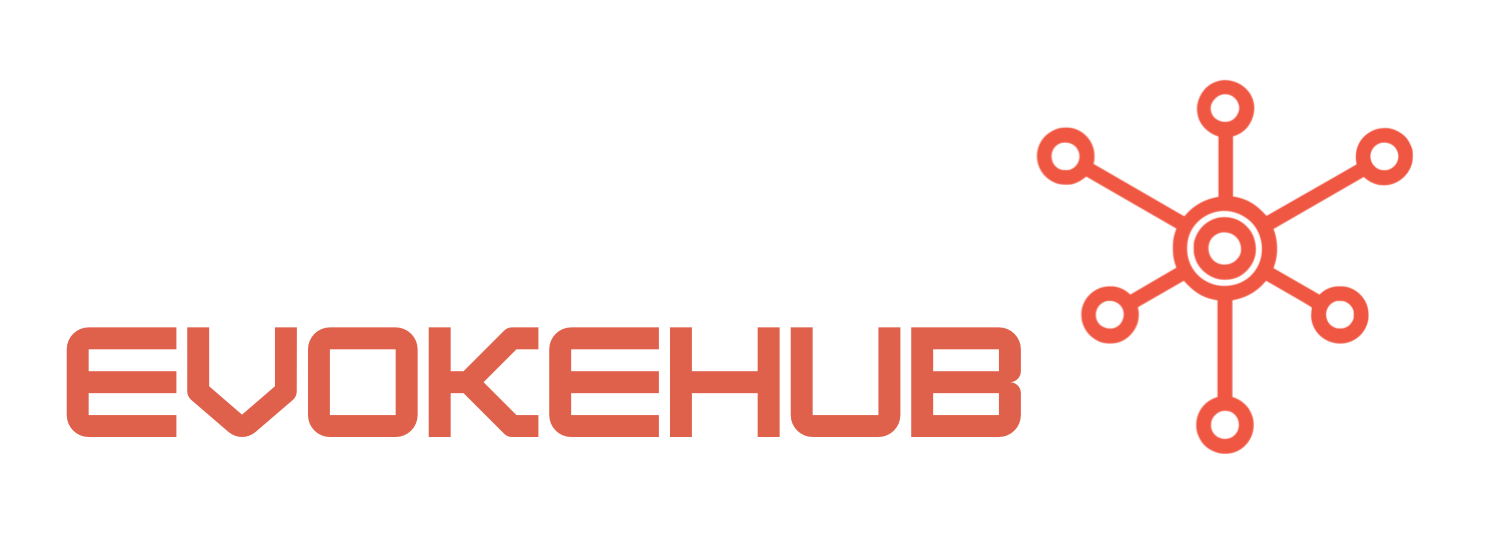Understanding gRPC-Web: Enhancing Browser Communication
gRPC-Web is an extension of Google’s gRPC, which is designed for high-performance, language-agnostic remote procedure calls. By bridging the gap between gRPC and the browser, gRPC-Web allows developers to use HTTP/1.1 or HTTP/2 to interact with gRPC services. This reduces the complexities associated with traditional REST APIs, making it easier to manage data exchanges. One of its core advantages is the ability to handle streaming and unary calls efficiently, providing a more interactive experience for users.
The integration of gRPC-Web in web applications brings a host of benefits, including improved type safety and reduced data transfer overhead. gRPC utilizes Protocol Buffers (protobuf) for data serialization, which is more compact than JSON used in REST APIs. This results in faster data transmission and lower bandwidth usage, especially important for mobile applications where data costs can be a concern. Furthermore, by leveraging strongly typed APIs, developers can catch errors during development rather than at runtime, reducing debugging time and improving overall application stability.
Adopting gRPC-Web can also enhance developer productivity by simplifying the overall architecture. As it seamlessly integrates with popular frameworks and libraries, developers can utilize existing tooling and libraries without needing to reinvent the wheel. For instance, integrating gRPC-Web with frontend frameworks like React or Angular is straightforward, enabling developers to focus on building features rather than tackling communication boilerplate code. More information about gRPC-Web can be found in the official documentation.
Leveraging WASM for Efficient gRPC-Web Integration
WebAssembly (WASM) is a powerful technology that allows developers to run code written in multiple languages within the browser at near-native speed. This capability opens up exciting new possibilities for enhancing gRPC-Web applications. By compiling code (often written in languages like Rust, C, or C++) to WASM, developers can achieve high performance and efficiency, which is crucial for data-intensive applications that demand real-time communication between the client and server.
Integrating WASM with gRPC-Web allows developers to offload computationally intensive tasks to the client side. This reduces the load on the server and minimizes latency, resulting in a more responsive user experience. For example, tasks such as data processing, validation, or even complex calculations can be executed in the browser, allowing for immediate feedback while maintaining the benefits of server-side logic through gRPC-Web calls. This hybrid approach maximizes performance while ensuring that business logic remains centralized on the server.
Moreover, WASM’s ability to run in a secure sandbox environment enhances the security of gRPC-Web applications. By isolating potentially risky computations, developers can reduce exposure to vulnerabilities that may arise from executing untrusted code. This makes WASM an excellent companion for gRPC-Web, ensuring that while applications become more responsive and efficient, they also adhere to robust security practices. To explore more about WASM, check out the W3C WebAssembly documentation.
The integration of gRPC-Web and WASM offers a promising pathway for improving browser-server communication. By leveraging gRPC-Web’s efficient protocol and WASM’s high performance, developers can create responsive, interactive web applications that provide rich user experiences. This elegant synergy not only addresses challenges related to traditional REST APIs but also enhances application security and performance. As the web continues to evolve, embracing these technologies will be crucial for developers aiming to build the next generation of web applications.




